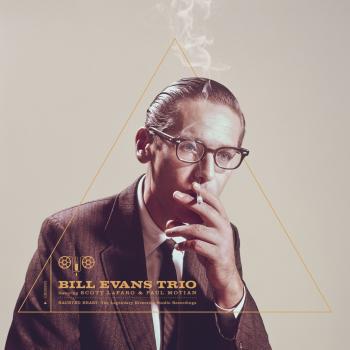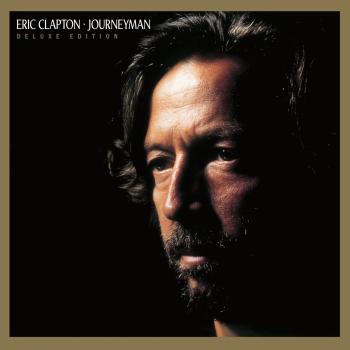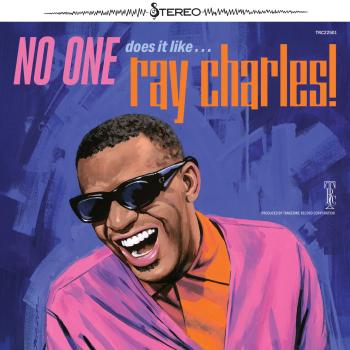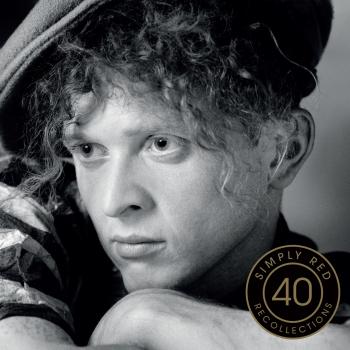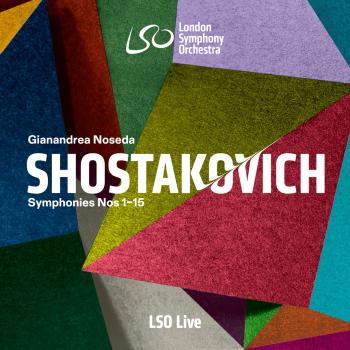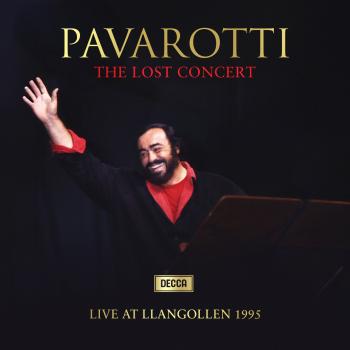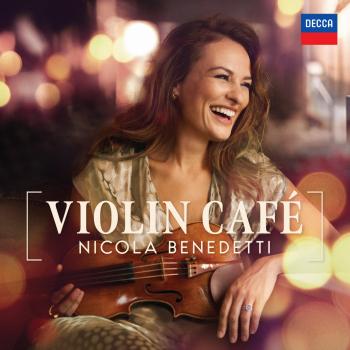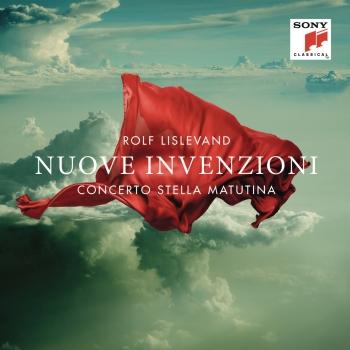Rolf Lislevand & Concerto Stella Matutina
Biographie Rolf Lislevand & Concerto Stella Matutina
Rolf Lislevand
Virtuoso of the lute and Baroque guitar Rolf Lislevand is one of the most charismatic figures in today’s early music scene. He was born in Oslo in 1961 and studied classical guitar at the Norwegian State Academy of Music from 1980 to 1984. He continued his studies with Hopkinson Smith and Eugène Dombois at the Schola Cantorum Basiliensis in Switzerland and later played with several of Jordi Savall’s ensembles. Lislevand, whose solo recordings have won numerous awards, has been professor of lute and historical performance at Trossingen Musikhochschule since 1993.
Lislevand assembled a group of international early music virtuosi for his very successful ECM debut in 2006, tellingly entitled Nuove Musiche, which focused on early Italian Baroque songs from the late 17th century. He summed up his approach to performance practice thus: “For years people tried to play early music as closely as possible to the way it was played at its time of origin, but that's a philosophical self-contradiction. The first question is whether it's possible at all to replicate the performance of a musician who lived centuries ago. As far as I'm concerned, reconstruction is not really interesting at all. Do we really want to act as if we hadn't heard any music between 1600 and the present day? I think that would be dishonest. With this recording we say goodbye once and for all to early music's authenticity creed.”
That album was followed by Diminuito, which once again put strong emphasis on improvisation, drawing on music from 16th-century Veneto which often bears traces of Middle Eastern and Oriental influences.
Concerto Stella Matutina
Since the establishment of the Baroque orchestra 2005 the number of engagements at home and abroad has been growing. Concerto Stella Matutina has its own concert series in Vorarlberg and has gained an ever growing core audience in a very short time. The musicians, next to the interpretation of familiar masterpieces, also pay special attention to forgotten works of the 17th and 18th centuries.




